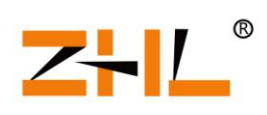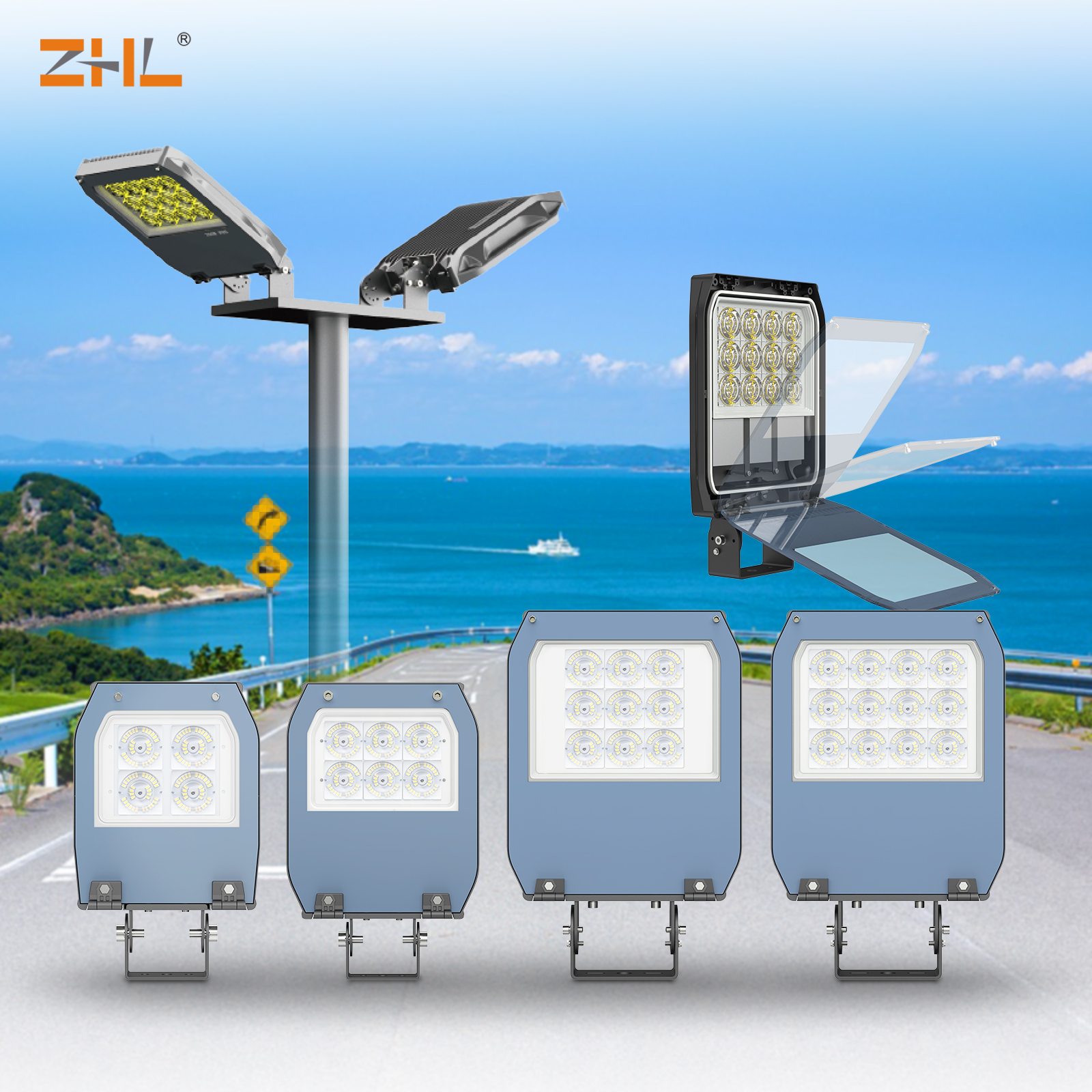A floodlight is a lamp that can provide uniform lighting over a large area. It has a wide light coverage, high brightness, and strong light diffusion. It is usually used in scenes that require broad rather than directional lighting. The following are some common usage environments and scenes:
1. Architectural and landscape lighting
- Architectural facade lighting: used to highlight the overall structure or decorative details of the building, such as museums, historical buildings, shopping malls, etc.
- Landscape lighting: illuminates landscape elements such as parks, gardens, sculptures, fountains, etc. to enhance nighttime visual effects.
- Billboard lighting: provides uniform background light for large outdoor billboards to ensure that the content is clearly visible.
2. Outdoor sports and event venues
- Sports venues: football fields, basketball courts, tennis courts and other sports venues that require high-brightness and uniform lighting.
- Open-air stages or concerts: Provide basic lighting for the performance area to ensure visibility of the audience and performers.
- Celebrations: Night lighting for temporary events such as weddings and festivals.
3. Safety and functional lighting
- Parking lots and squares: Covering large areas, improving nighttime safety and reducing blind spots.
- Warehouses and factories: Providing uniform working lighting for large indoor spaces to facilitate operation and logistics.
- Ports, airports and construction sites: High brightness requirements for nighttime operations or equipment operation.
4. Film and TV shooting and photography
- Film and TV lighting: used as a basic light source to fill in shadow areas, or to simulate natural light in nighttime outdoor shooting.
- Photographic fill light: used to soften light and reduce strong shadows in portrait or product photography.
5. Agriculture and special uses
- Greenhouse lighting: High-brightness floodlights are used to extend the lighting time of plants and promote growth.
- Emergency lighting: Provide temporary lighting during disaster relief or emergency operations at night.
Things to note when choosing floodlights
- Color temperature and brightness: Choose cold light (above 5000K) or warm light (below 3000K) according to the scene requirements.
- Waterproof and weather-resistant: For outdoor use, choose lamps with IP65 and above protection levels.
- Energy saving and lifespan: LED floodlights are more energy-efficient and have a longer lifespan than traditional halogen lamps or high-pressure sodium lamps.
- Light pollution control: Avoid excessive lighting, use a sunshade or adjust the angle to reduce the impact on the surrounding environment.
Scenes not suitable for floodlights
Precise focus is required: such as local lighting of exhibits, reading lamps, etc., which are more suitable for spotlights.
Small space or low brightness requirements: such as home bedrooms, corridors, etc., may cause excessive light or waste energy.
In short: The core value of floodlights lies in uniform lighting over a wide range. They are suitable for scenes that need to cover a wide area, improve safety or visual effects, but the installation position and light parameters need to be adjusted according to specific needs.



